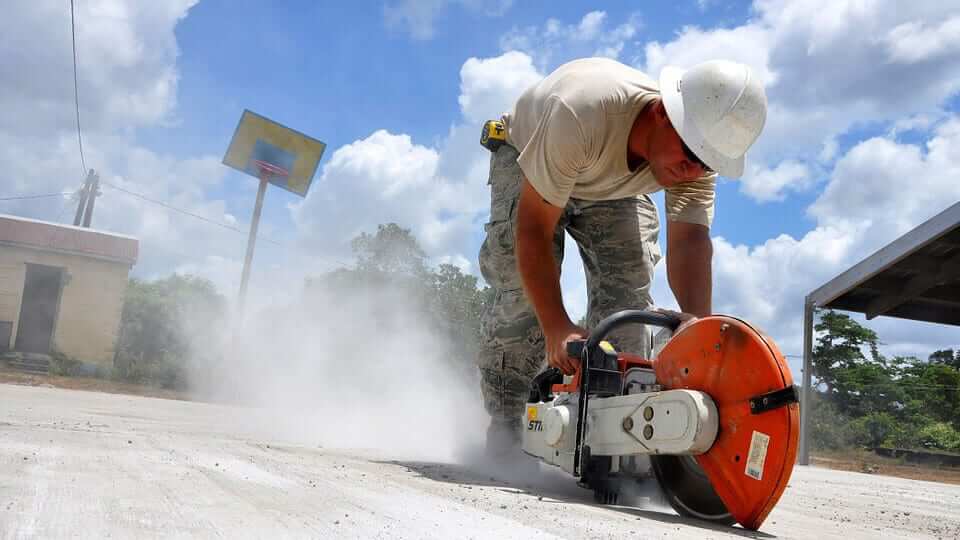
Construction skilled labor shortage has become a worldwide issue. The talent pool has diminished. Additionally, researchers have found many graduates of vocational schools are unable to meet industry standards.
The shortage is especially pronounced in the U.S. This lack of skilled help has become the greatest challenge in the construction industry today.
Economists thought the shortage would plateau in 2016, but it didn’t. Over in Colorado Springs, JM Weston Homes construction have had project timelines of 90 days turn into 150 days. Their president, John Bissett, explained that they just can’t get people on the job site.
The Associated General Contractors surveyed 1,500 contractors across the U.S. The study illustrated almost 70% struggled to find skilled hourly workers. Firms must use higher wages to entice new workers.
Over in Dallas-Fort Worth, the residential construction has been forced to add an additional $4,000 onto the price of each home.
The labor shortage is putting a strain on the U.S. Construction Industry. It’s difficult to guarantee project delivery deadlines. There’s additional pressure on the builder-trade relationship as well.
It’s challenging to have a smaller worker pool. Some companies have chosen to shine a bright light on the situation.
To combat the shortage, construction firms can hone in on their recruiting process. Finding fresh, young talent is the key. With young workers, companies have the opportunity to train them specifically for their needs.
With this perspective, the focus is on the long-term benefits. Some firms have specifically partnered with nearby university’s construction management programs for a swifter recruitment process. Some professors have put an additional emphasis on describing construction careers as an “honorable thing.”
Many graduates are smart, motivated, eager and ready to embrace new technologies. That will be a huge plus as immersive reality training programs begin to flood into the mainstream market.
Rising labor costs due to a lack of skilled trade workers present one of the biggest challenges, in a phenomenon currently referred to as the "Skills Gap.” The social pressure to earn a four-year degree combined with the negative stigmas of the blue collar worker have created a void. This lack of skilled workers has resulted in rising labor costs with a predicted 4.5% increase.
As discussed in depth by Mike Rowe, executive producer and host of TV’s Dirty Jobs, 5.8 million skilled trade jobs prove the need for these workers. Common myths about blue collar jobs include:
The negative stigmas attached to dirty work are causing a serious problem. Blue collar jobs are not considered aspirational, yet salary statistics for entry-level industry positions paint a different picture. While general construction laborers make an average of $35,750 each year, those who specialize in a specific trade make at least $10,000 more. For example, some average skilled worker salaries include:
Additionally, in a position such as welding, you could earn six figures with as little as nine months of training. Military support welders can earn up to $200,000 annually in the Middle East. With the spread of such data, perhaps the negative impressions of blue collar jobs will be debunked.